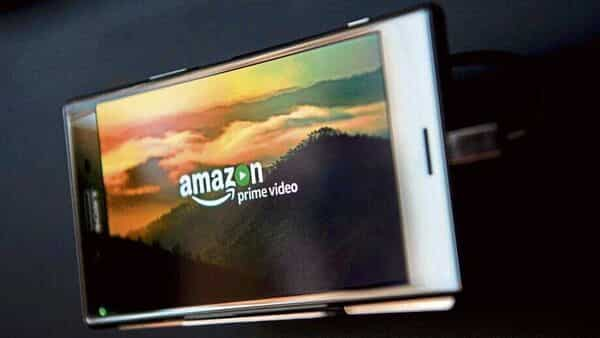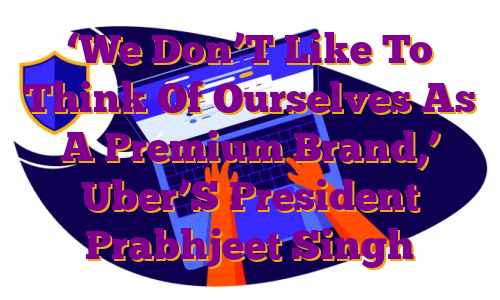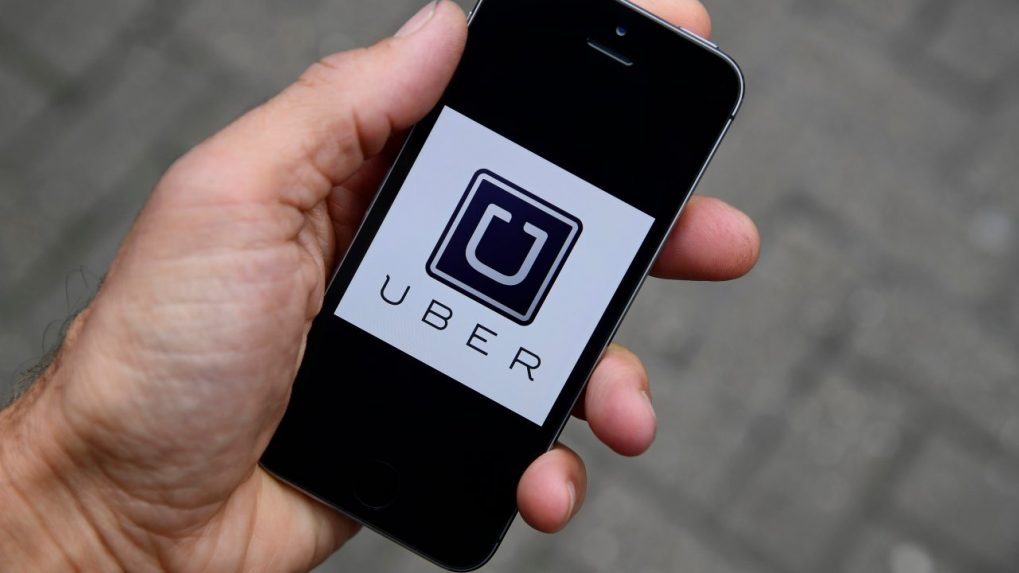Video streaming platforms in India with paid subscribers may introduce advertising-led plans to attract more users, after US streaming platform Netflix hinted at a such a model for cheaper plans last week.
While Amazon Prime Video launched its free service miniTV last May within the Android app featuring a library of web series and comedy sketches, others are offering older films or a few episodes of popular shows for free, or tying up for branded content that isn’t behind paywall.
Media experts said a freemium strategy helps provide an incentive to users sitting on the fence to subscribe, and is also a big monetization opportunity for the platform with the digital advertising market expected to grow 35-40% per year.
Though Amazon’s miniTV is different from the paid Prime Video platform and available within the Amazon shopping app for Android devices, most other platforms host free offerings alongside paid ones within one service.
“Subscriptions can never be sufficient for any service to grow in India, be it news, digital media or television and the advertising business is very significant around the world, contributing 66-75% of revenue depending on market,” said Chanpreet Arora, head- AVoD (Voot), Viacom18 Digital Ventures. AVoD refers to advertising-led video on demand services. Voot has launched two new free shows this month to reach out specifically to male audiences across metros and tier-one and tier-two cities. The idea behind unpaid content is to build reach and engagement, which can then convert into brand loyalty, with 10-20% of users eventually subscribing, Arora said.
Manish Kalra, chief business officer, ZEE5 India said the platform’s AVoD library provides viewers with an avenue to sample upcoming SVoD (subscription-led video) launches besides an opportunity to consume content before they get aired on television if the streaming service is owned by a broadcaster. “Besides showcasing content, it familiarizes the user to the platform and makes them more amenable to opt in for the paid service later,” Kalra said.
The AVoD library offers more than 70 live news channels across languages, episodic content currently on air on TV as well as archival shows for free, besides 2,000-plus free movies across languages. There is also additional content created around broadcast shows like behind-the-scenes, shoulder content, gamification and contests to engage the TV-viewing audience, Kalra said.
Free app offerings encourage frequent visits and increase time spent on the app, which eventually leads to a habit of visiting the app on a regular basis, said Ajit Thakur, CEO of Telugu streaming service aha. “When looking for entertainment, the app finally becomes a prominent part of one’s consideration set. Simultaneously, free app offerings lead to users eventually discovering premium or paid content and paying for it,” said Thakur whose platform offers yesteryears’ movies and the first episodes of some of its non-fiction series for free.
Divya Dixit, senior vice-president, marketing and revenue at ALTBalaji said the platform that partnered with advertising-led service MX Player for its reality show LockUpp, is open to other partnerships that will help it reach the masses. “There is a long-term strategy in the offing for AVoD business on ALTBalaji where we can explore various formats in both fiction and non-fiction space. We wish to have a prominent presence in this segment to further reach and audience base,” Dixit said.
The platform already offers over 33 original shows, multiple music and motivational videos, celebrity cricket properties for free on its platform.
Soumya Mukherjee, vice-president, revenue and strategy at Bengali language service Hoichoi said the service too is planning to introduce a freemium section which will have some content for free and short limited episodic new shows catering to a base which is reluctant to pay at this stage. “We have released two original shows in association with brands which represented their ethos yet were fictionalized to entertain our users. These are currently available for free on the platform so that more people watch them, realise the brand promise and discover Hoichoi as well,” Mukherjee said.
Usually, dated and less in-demand content is used to attract non-subscribers to the platform, in the hope that they will convert to view the quality content behind the paywall, said Neeraj Sharma, managing director – communications, media and technology, Accenture India. In keeping content free, the key deciding factor is that the cost of acquisition should be low. “Typically, ‘filler’ content, that is the type of content which viewers will not proactively search for, is made free,” Sharma said. “Offering free content is not very different from sampling strategies of any other consumer product category. However, one can achieve better success through ‘sachet’ offerings of premium content,” he added.
Subscribe to Mint Newsletters * Enter a valid email * Thank you for subscribing to our newsletter.
Topics
.




